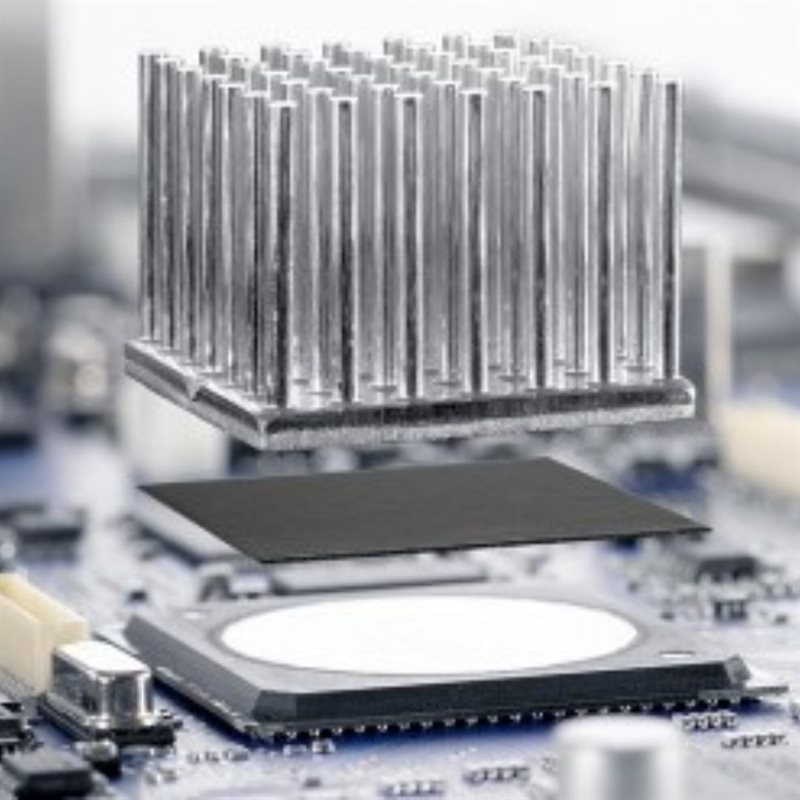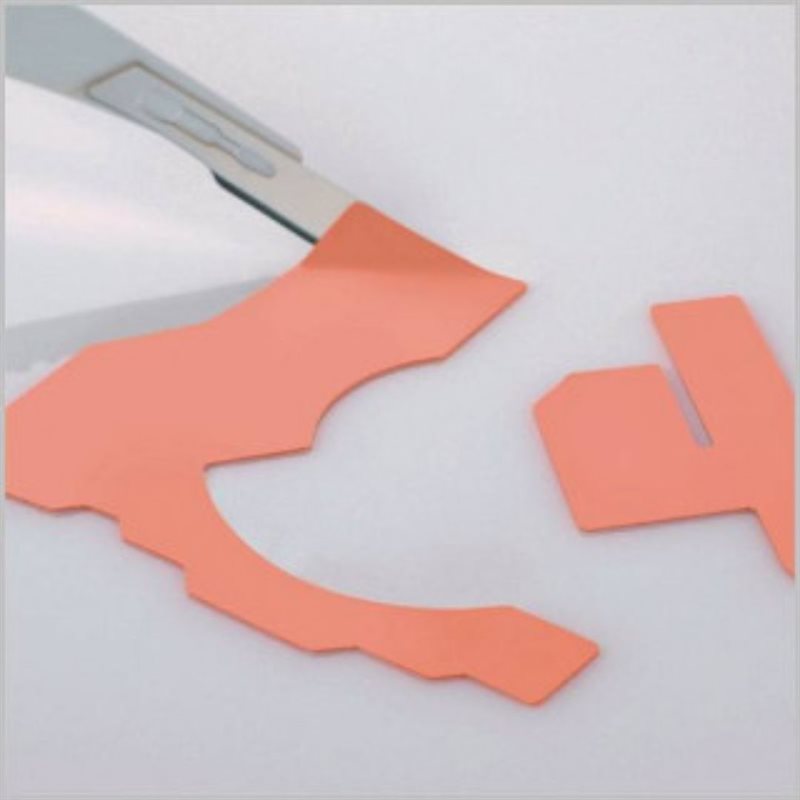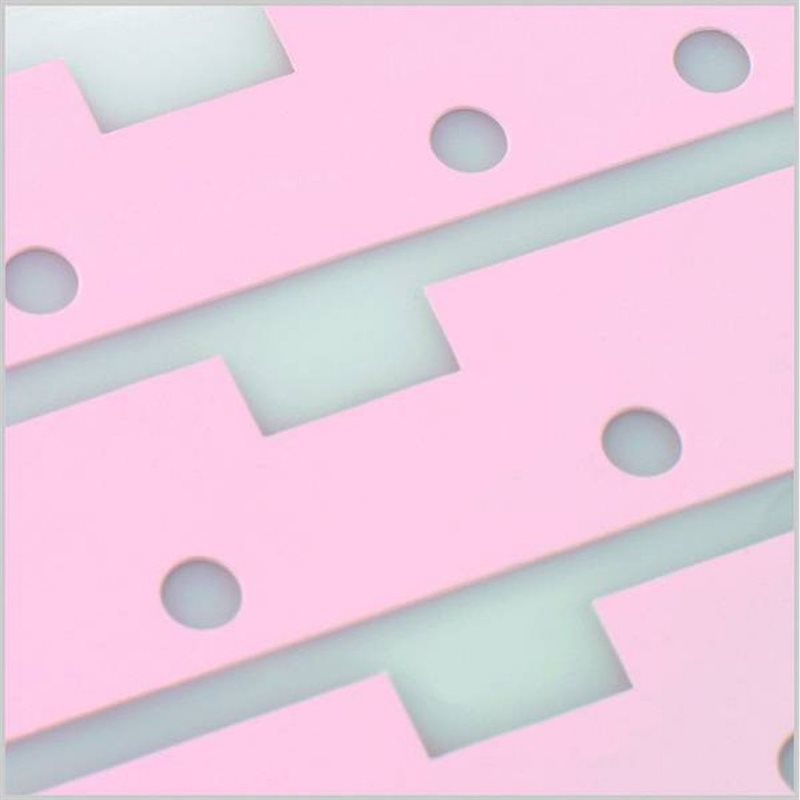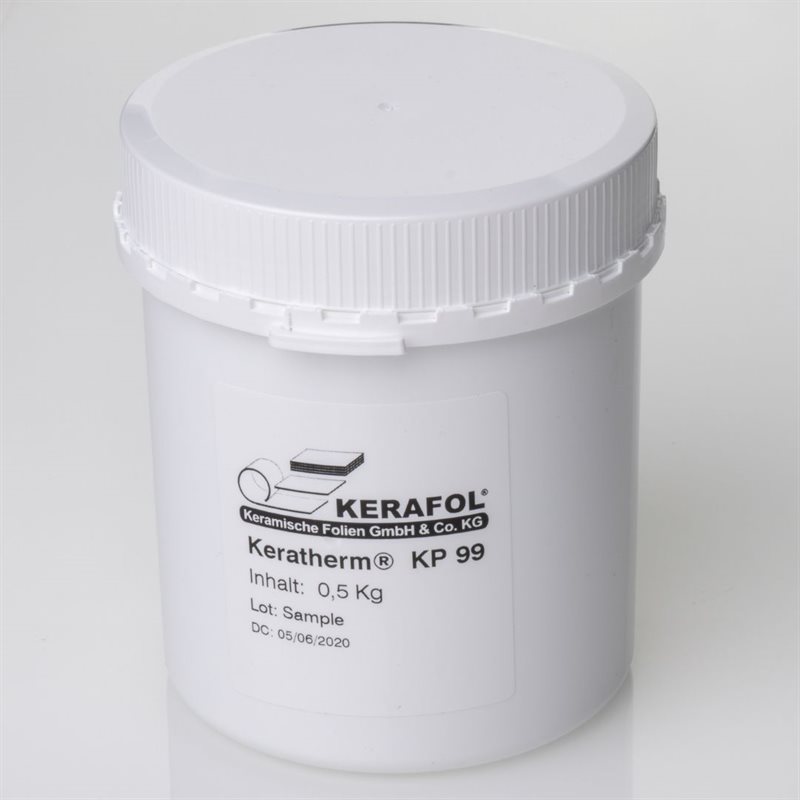- Home>
- Catalog
Thermal Interface
THERMAL FILMS
Standard Films are made for smooth and parallel surfaces that show no gap to the naked eye. The material smooths out any microscopic irregularities in the contact surfaces which improves the thermal interface and therefore increases the heat dissipation. They are electrically insulating and typically available in thicknesses between 0.1 mm and 0.3 mm to optimize thermal impedance.
Some films come with an optional adhesive, and some use a glass fiber reinforcement to improve the handling characteristics. There also some silicone free versions available. Silicone-free standard films are used wherever the use of silicone can lead to problems in the assembly line. Besides good thermal and outstanding electrical properties, these foils are characterized by their good cut-through resistance.
GAP FILLERS
Thermal contact between less-than-optimal surfaces requires a softer, thicker material to bridge the gaps between active component and heat sink. They are softer than standard films and thanks to their outstanding compressibility, they produce an optimal thermal contact while at the same time being electrically isolating.
The supplied thicknesses range from 0.5-5.0 mm. Other thicknesses or shapes may be available on request. Some materials have glassfiber reinforcement or are a double layer material to improve handling. There is also a silicone free version available.
THERMAL GREASE
Thermal Greases are thixotropic mixtures that have good plasticity and very low thermal resistance. Based on the non-crosslinked silicones, no drying, or leaking out of the silicone components will occur. There is also a silicone free version available.
DOUBLE SIDED THERMAL ADHESIVE FILMS
Adhesive Tapes are a ceramic filled, double sided tape with an excellent, permanent adhesive strength. There is no mechanical fixation needed when applied correctly. They also provide good thermal performance and excellent electrical insulation.
GRAPHITE
Graphite films are based on 100% pure graphite or natural graphite. They have an anisotropic thermal conductivity, with a very high thermal conductivity within the XY plane and still a very good thermal conductivity in the Z axis. Because of their thermal behavior they are often used as heat spreaders but do offer also a cost effective solution where electrical isolation is not needed.




